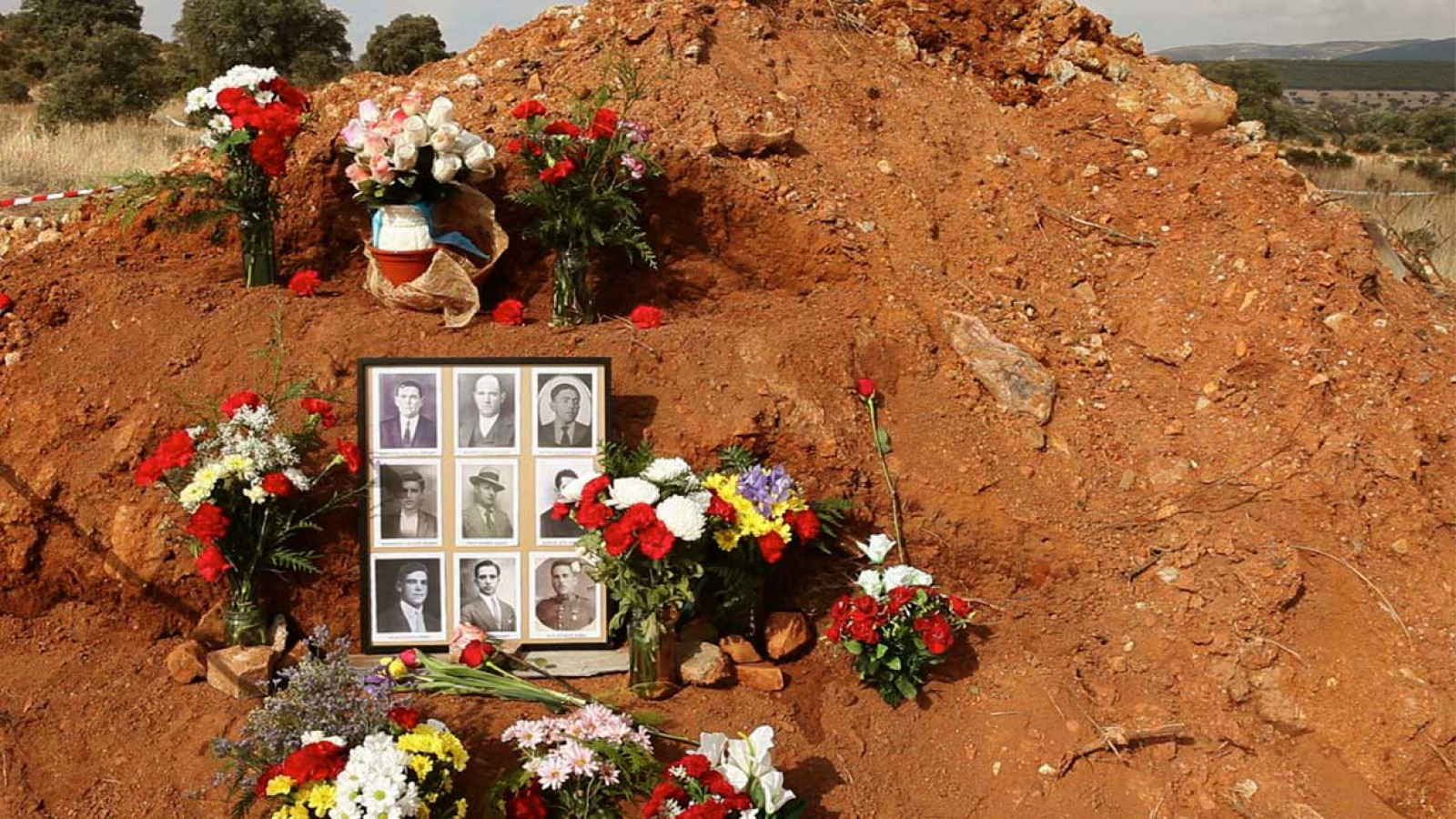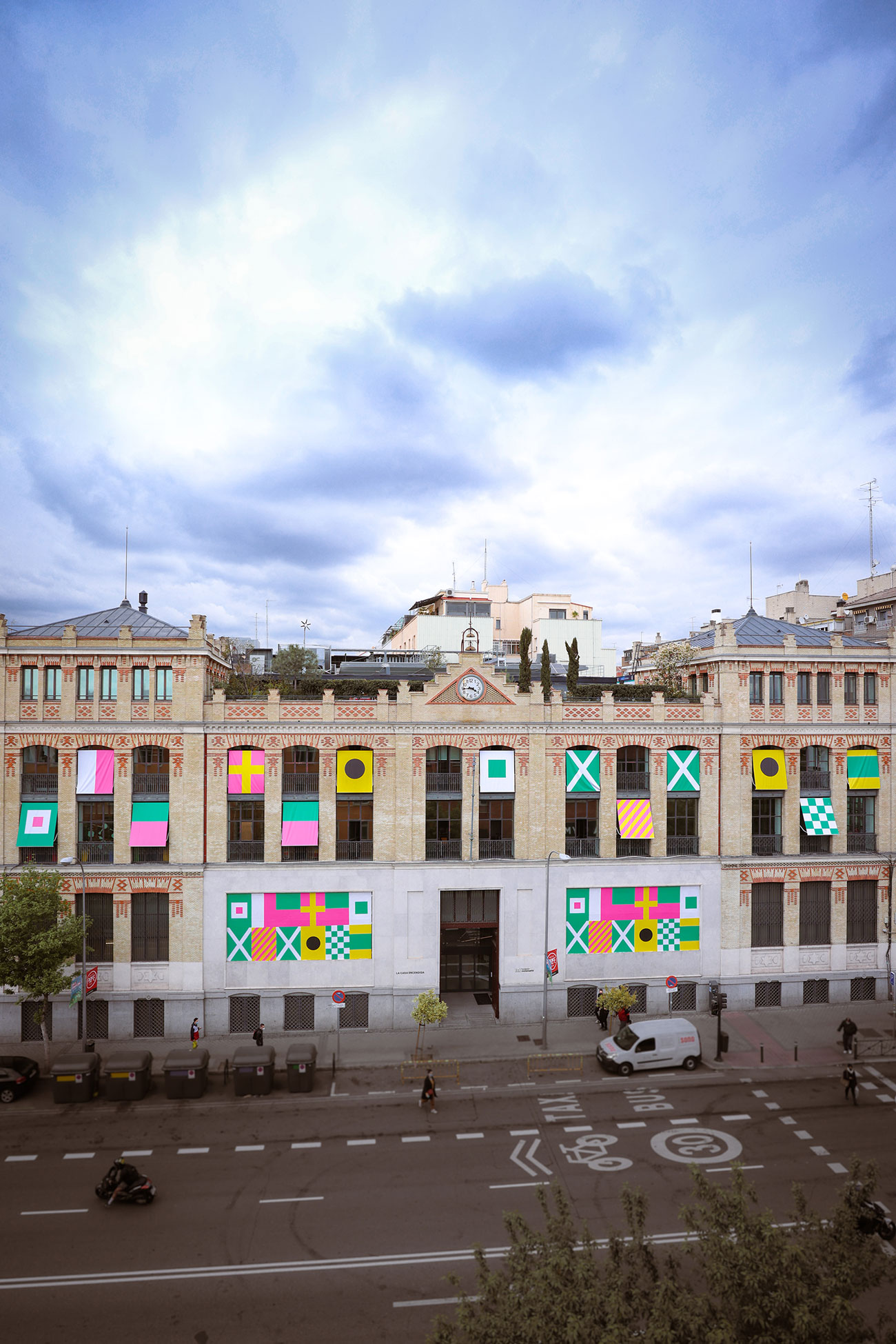| Duration: | 1 hour 30 minutes |
Sarah Vanagt cultivates an art that explores the multiple possible interpretations of inherited history and the intra-histories involved, focusing not only on how they unfolded but also on how they are gradually transformed.
Sarah Vanagt is a Belgian artist and filmmaker, whose work encompasses cinema, photography and installation. With over 20 films shown at festivals and in museums all over the world, Vanagt cultivates an art of paying attention to the many ways of inheriting History, the small narrative threads it is entangled with, focusing less on what was than what becomes. Her films make new imprints of disturbed earth – be it mass graves covered and discovered in Rwanda, bones moved to school cellars in Flanders, memories being rewritten or monuments falling into oblivion. Her viewers often travel to the “Children Republic”, where stories are freely invented, enacted, inhabited. “Perhaps it’s the children who are actually the teachers of the historians, who have to bring the past to life for the future generations”, she suggests. In Vanagt’s films, humour and games are used to hold an insisting possible alive. Like philosopher Donna Haraway’s practice of string figures, the histories she weaves are as full of dying as living, endings and beginnings; “requiring holding still, receiving and passing on, on a vulnerable and wounded earth”. Making a fuss of official History’s linearity, Vanagt mobilizes us into being active respondents to its open questions.
Curated by: Jade de Cock de Rameyen
-
Sarah Vanagt, Jongen een trap afdalend (8‘, 16:9, colour, silent, 2014)
In order to build a parking, over 4000 skeletons were exhumed from the former cemetery of Mechelen (Belgium) and temporarily stored in the cellars of a municipal school. Vanagt makes this the starting point of her film: a little boy’s exploration of the underground and his playful engagement with the uncanny shapes of the bones. -
Sarah Vanagt & Katrien Vermeire, The Wave (20‘, 16:9, colour, mono, 2012)
Having disappeared since 1939, the grave of nine victims of the Franco regime is found in 2011, unearthed from the serene landscape of Castilla-la Mancha. The question arises, as crucial as ever: is it all necessary to disturb this earth and dig through oblivion? Vanagt and Vermeire follow the process of excavation. Time-lapse photography shows the body emerge from and return to the dust, autonomously, like the ebbing tide. -
Sarah Vanagt, Begin Began Begun (38’, DV-CAM, colour, 2005)
Ten years after the Rwandan genocide (1994), Vanagt travels to the war-torn border zone with Democratic Republic of Congo. At a time when History has disappeared from the school curriculum, memory only resurfaces punctually, through the discovery of entire families of bones in the mute soil. Children – both the orphans and the sons of war criminals – inherit this silence, by imaginining all kinds of never-ending stories where it is reactivated, over and over again, stirring up the volcanic earth with their toys. -
Sarah Vanagt, Little Figures (15’, 35mm + mini-DV, colour + B/W, 2003)
On the iconic square Mont des Arts, in the centre of Brussels, three statues engage in an imaginary conversation, reflecting their historic foothold and Belgium’s imperialistic dreams, while skateboarders practice their tricks on their pedestals. Vanagt asked immigrant children to lend their voices to the great men of History, today locked in monumental forgetfulness.

